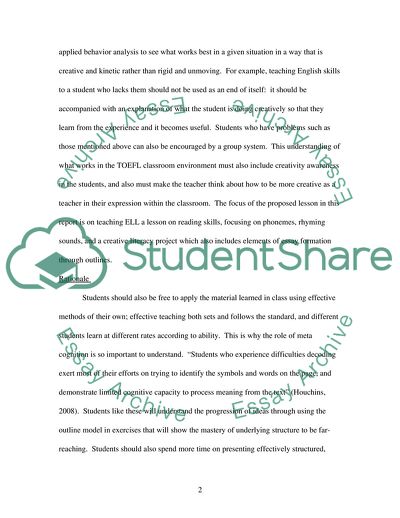Cite this document
(Expanding Literacy and Creativity in Lower-Intermediate English Case Study, n.d.)
Expanding Literacy and Creativity in Lower-Intermediate English Case Study. Retrieved from https://studentshare.org/education/1738113-course-design
Expanding Literacy and Creativity in Lower-Intermediate English Case Study. Retrieved from https://studentshare.org/education/1738113-course-design
(Expanding Literacy and Creativity in Lower-Intermediate English Case Study)
Expanding Literacy and Creativity in Lower-Intermediate English Case Study. https://studentshare.org/education/1738113-course-design.
Expanding Literacy and Creativity in Lower-Intermediate English Case Study. https://studentshare.org/education/1738113-course-design.
“Expanding Literacy and Creativity in Lower-Intermediate English Case Study”. https://studentshare.org/education/1738113-course-design.


